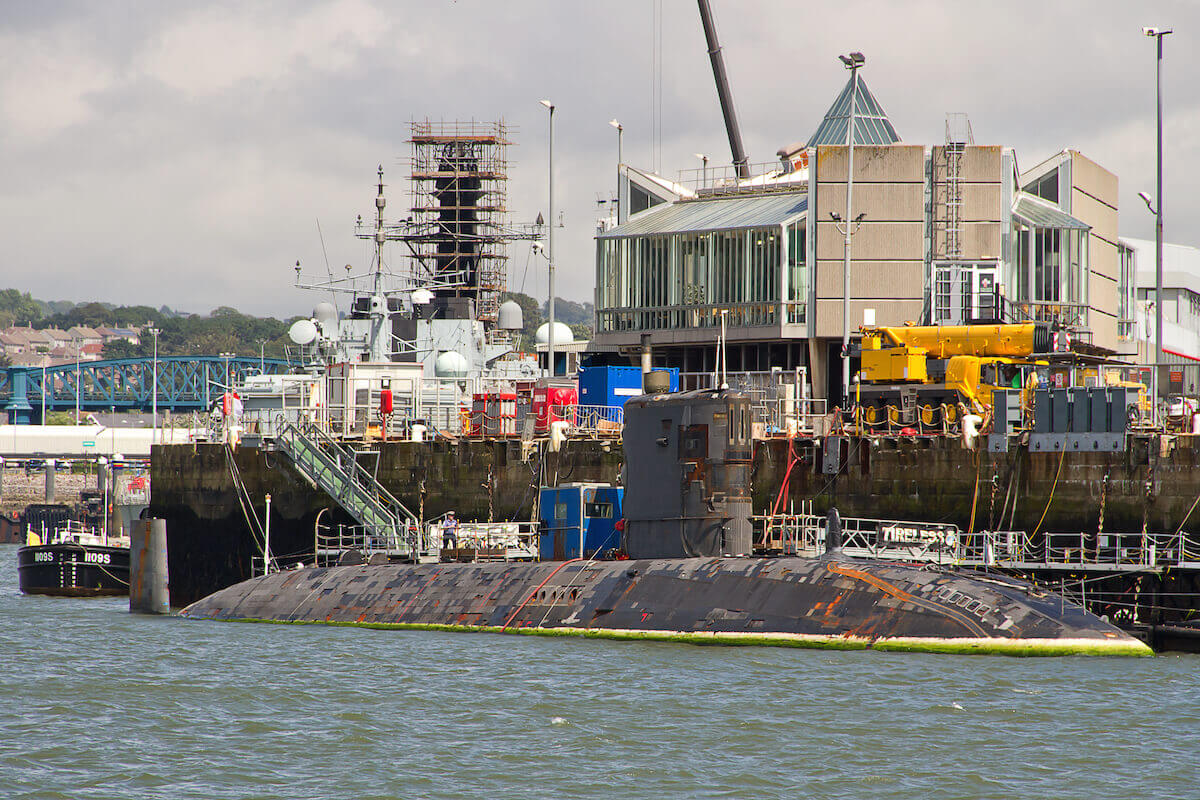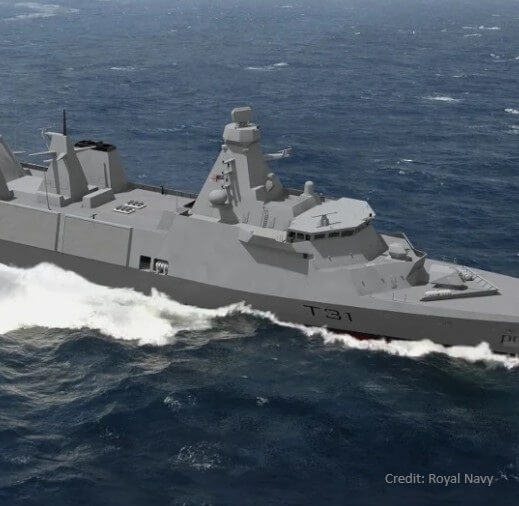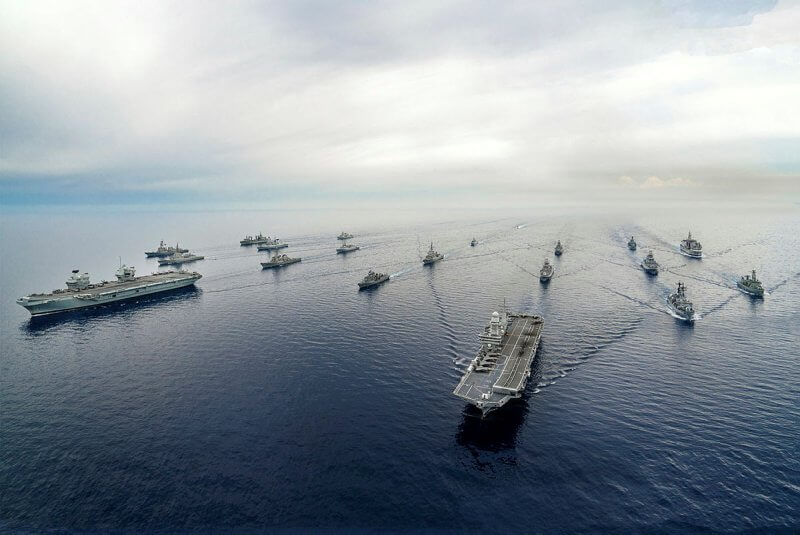Engineering Calculations And Design Substantiation

Project Background
The client, the UK Ministry of Defence (MOD), required the design and delivery of an entirely new and advanced nuclear berthing facility to support the latest Astute Class SSN submarines, as well as the Trafalgar Class SSN.
Given the unique safety and operational demands of this facility, the client sought comprehensive safety and engineering calculations from the concept stage through to detailed design, commissioning, and eventual operations.
To meet this need, Naval Solutions Ltd staff were tasked with providing rigorous substantiation of the design to ensure it met modern nuclear safety standards while balancing operational requirements for the berthing facility.
- Safety Assurance: Deliver a robust safety case, substantiating all key design elements and ensuring compliance with stringent nuclear safety standards.
- Probabilistic Safety Assessment (PSA): Develop and refine a PSA risk model to evaluate and report predicted risks, assisting in design decision-making.
- Design Substantiation: Provide engineering calculations and analysis to validate the safety and reliability of Systems, Structures, and Components (SSCs).
- Operational Readiness: Support the design’s evolution toward a balanced and operationally sound facility with no disproportionate risk contributors.
Approach
The engineering team applied the following methodologies and tools to substantiate the design:
- Probabilistic Risk Modelling and Assessment: Utilised fault and event tree modelling to develop a PSA model that quantified risks across SSCs and evaluated the facility’s compliance with safety standards.
- Advanced Calculation Techniques for Risk Analysis: Employed techniques such as Risk Increase Worth and Risk Decrease Worth to determine the impact of SSC failures on overall system reliability.
- Iterative Design Feedback: Provided real-time risk insights to the design team, ensuring SSCs were scrutinised based on their impact on the risk model, promoting targeted improvements where necessary.
Throughout the project, the engineering team worked closely with designers, stakeholders and MOD representatives, ensuring continuous feedback and alignment with safety objectives. The iterative approach of assessing, adjusting and re-assessing PSA results facilitated a design process in which safety was deeply integrated with engineering considerations, enhancing the overall project’s alignment with client expectations and regulatory compliance
Scope & Contributions
The team’s work encompassed all phases of the design, including:
- Modern Standards Safety Case Development: Provided an end-to-end safety case delivery following modern safety standards. This included integrating key safety analyses and assessments throughout the design’s lifecycle, from concept through commissioning and operational support.
- Comprehensive Risk Modelling and PSA: Developed a fault and event tree Probabilistic Safety Assessment (PSA) model. The PSA was built from initial safety assessments, such as Consolidated Hazard Listings, Hazard Identification Studies (HAZIDs), Hazard and Operability Studies (HAZOPs), and Failure Modes and Effects Analyses (FMEAs). These analyses were linked into the PSA model, covering civil, mechanical, and electrical SSCs, with calculated risk predictions and assessments against regulatory criteria.
- Targeted Design Scrutiny through Calculations and Risk Assessment Techniques: Utilised advanced risk calculation techniques such as Risk Increase Worth, Risk Decrease Worth, Point-In-Time, and Annualised Risk. By analysing the initial PSA results, the team identified critical SSCs with high reliability claims, ensuring these received necessary scrutiny in the design phase. This process informed design decisions and provided assurance that appropriate risk levels were maintained for each SSC, ultimately enhancing overall safety and reliability.
- Balanced Risk Profile for Safety and Environmental Protection: Through detailed analysis of risk results, the team identified instances where the failure frequency or claimed reliability of certain SSCs contributed disproportionately to overall risk. Recommendations were provided to design redundant SSCs and implement separation and segregation in critical systems, such as electrical and fluid networks.
Outcomes
The Safety Case and engineering substantiation efforts delivered several key outcomes for the client:
- Verified and Balanced Risk Profile: The design evolved to a balanced risk profile, eliminating grossly disproportionate risk contributors from any single SSC.
- Enhanced Design Robustness: Recommendations led to additional redundancies and improved separation in critical systems, directly contributing to increased facility safety.
- Informed Design Decisions: The PSA model and risk calculations provided the design team with valuable insights, allowing them to focus resources on SSCs that required heightened reliability, ultimately leading to a well-substantiated, robust design.
The successful completion of this project provided the MOD with a fully substantiated, reliable, and operationally ready berthing facility that meets the latest safety standards, securing a safe environment for supporting the Astute and Trafalgar Class submarines.

